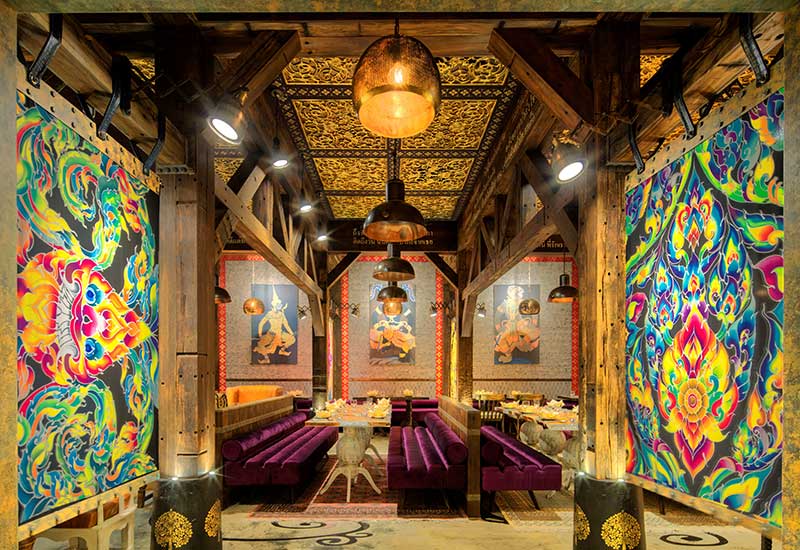How much do local cultural influences weigh in while interior designing hotels in the Middle East?
David T’Kint: In my approach, every project is bespoke and based on a narrative which reflects the vision of the local culture. It influences basic operational aspects in addition to creating a sense of place. Moucharabie and other regularly seen Middle Eastern cultural elements are overdone, the market is now looking for something beyond that. Kempinski Beirut, Lebanon by HBA is a good example. In some instances there is a specific request from the developer or even an operator not to have any local influence, in that case other aspects such as brand identity will drive the narrative in properties like Zabeel House by Jumeirah, designed by StudioHBA.
Dausser Chinoufi: There is significant influence by local culture, aesthetics and design. We incorporate these into our designs across projects ranging from hospitality to other commercial spaces. There are reasons why local cultures influence our projects, from including a sense of familiarity and thereby comfort, and as an affirmative nod to cultural heritage, and historical presence. The locals across the Middle East are proud and honour their cultures which is still a part of their daily life, therefore, it is appropriate to respect and include cultural design aesthetics when and where possible.
Amyas Wade: This ultimately depends on who the hotel is targeting. Within Dubai, the modern language of the city means that increasingly hotels are designed with a contemporary aesthetic using traditional forms, but in modern ways. Developing contemporary concepts whilst maintaining some relationship to the history of a region is something we are well-versed in doing, and it is this “localisation” which helps to make our hotel designs relevant to the location.
Rosha Ehsan:One of the primary factors we focus on as designers is the people and market we are designing for. This is why we can’t always rely on the local culture to appeal to all markets. The industry is forever evolving and so is the audience. Currently, there is a high demand for mid-market affordable stay hotels that are aligned with the city’s lifestyle or identity. This is an opportunity to set new standards and trends. It also opens up a new market for creativity within the hospitality sector as a few years ago, most of the travellers in the Middle East were limited to stay in high-end hotels.
Martin Meijer: It depends a lot on the positioning of the hotel brand. Much research has been carried out on the millennials and their mind-set. Guests need to be convinced of the value of a product or an organisation through storytelling. They value companies that have a powerful vision and a distinct point of view on the world. They also appreciate it when companies have strong connections to the local community — and they are more impressed by raw entrepreneurial talent than in the mighty displays of wealth and power by big corporations.
Tareq Khalafawi: If you look at the Arabic shapes and history of Arabic art, you will see them translated in many projects locally. Designers are implementing these trends in their projects. Also, it is worth mentioning that His Highness Mohammed bin Rashid Al Maktoum has launched a number of initiatives which help to support cultural activity within the country and encourages projects and initiatives aimed at promoting the development of the UAE’s culture.

| Advertisement |









 Search our database of more than 2,700 industry companies
Search our database of more than 2,700 industry companies









